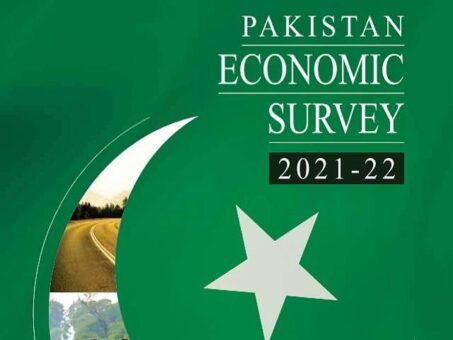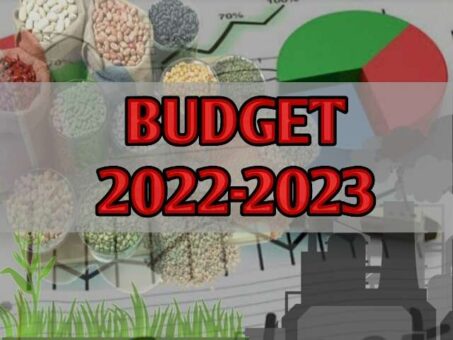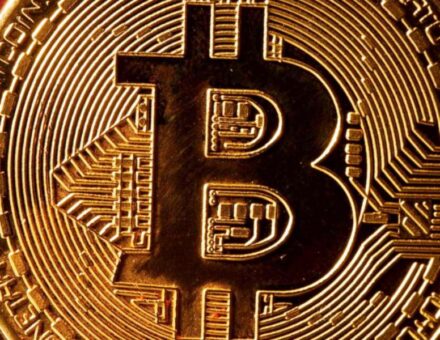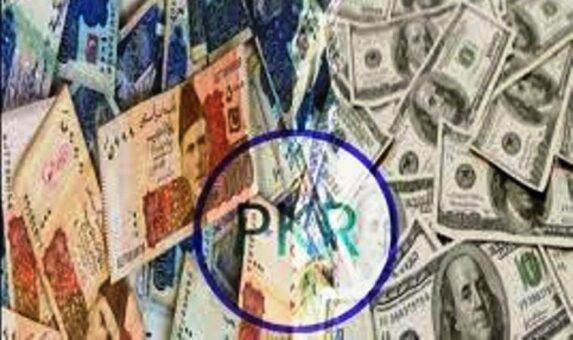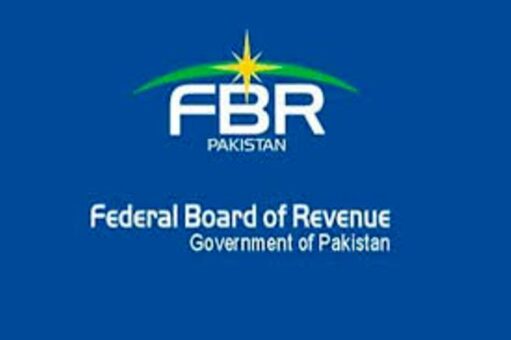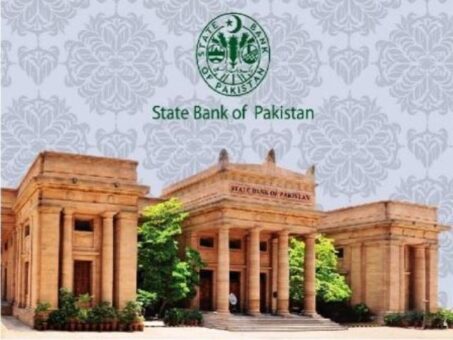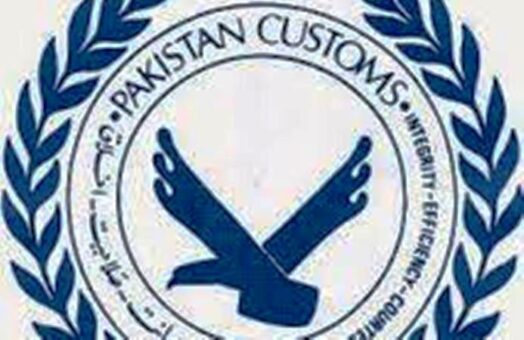ISLAMABAD: Pakistan has achieved the GDP growth at 5.97 per cent in the fiscal year 2021/2022. However the economy also started to show signs of excess demand and overheating through an increase in the import volume of capital and consumer goods, energy, and non-energy imports.
This was revealed by Economic Survey of Pakistan 2021/2022 launched by Finance Minister Miftah Ismail on Thursday.
The survey pointed out that though economy recovered from the pandemic (a 0.94 percent drop in FY2020) and maintained V-Shaped recovery by posting real GDP growth of 5.97 percent in the fiscal year 2022. This high growth, however, is unsustainable and has resulted in financial and macroeconomic imbalances.”
READ MORE: Pakistan may increase normal sales tax rate to 18%
The economic survey highlighted that political instability in the country also led to a huge increase in economic uncertainty. Uncertainty at individual, firm, and government levels is negatively affecting the economy. Political stability can reduce uncertainty by making clear policy statements to build the trust of domestic as well as foreign investors and the business community.
The survey highlighted that the higher high growth, however, is also accompanied by external and internal imbalances, as has been the case historically with Pakistan’s economy. However, external circumstances also played a critical role this time.
These circumstances have placed almost all economies of the world in shambles. A highly transmissible Omicron variety, changes in Afghanistan’s government after the withdrawal of US troops sparked and the Russian-Ukraine conflict started in February 2022, all of these have upended the global economic picture. Financial and commodity markets have felt shockwaves.
READ MORE: PM Shehbaz assures favorable measures on CNIC requirement
Thus, energy and food prices have surged rapidly and threaten to remain further elevated. The exceedingly uncertain outcome of the crisis is another challenge for developing economies, particularly for Pakistan.
The survey pointed out that Pakistan’s economy has shown a strong recovery after being depressed due to the pandemic which resulted in lockdown. For FY2022, real GDP (GVA at basic prices 2015-16) posted a growth of 5.97 percent on account of 4.40 percent growth in Agriculture, 7.19 percent growth in the Industrial sector, and 6.19 percent growth in the Services sector. This growth is slightly above the growth of 5.74 percent recorded for 2020-2021.
The coordinated monetary-fiscal policy approach after the COVID-19 outbreak has succeeded in reviving the real economic activity. Specifically, the fiscal-monetary stimulus packages have a cascading effect on growth through a revival in private investment.
In addition, the accommodative monetary policy stance in FY2021, focused on the revival of the construction industry and mandatory housing finance targets by the SBP, together with the rebound in external demand has set the stage for stronger growth momentum in the fiscal year 2021/2022.
READ MORE: New tax measures likely in budget 2022-2023
Further, growth momentum was observed on account of broad-based expansion in large-scale manufacturing (LSM) and improved crop production. However, the economy also started to show signs of excess demand and overheating through an increase in the import volume of capital and consumer goods, energy, and non-energy imports.
On the external front, the exports grew remarkable on account of policy supports provided-including regionally competitive energy tariff rates, Export Facilitation Scheme 2021, enhancement in coverage and loan limits under LTFF, Changes in FX regulations to facilitate exports, the launch of an e-Tijarat portal and tariff rationalized in various sectors in line with objectives of National Tariff Policy 2019-2024. In addition to this, STPF 2020-25 has been prepared to enhance the export competitiveness of Pakistan through a framework of interventions having an impact across the value chains.
Furthermore, textile policy 2020-25 has also been approved to fully utilize the potential of home-grown cotton augmented by man-made fibers and filaments to boost value-added exports. Moreover, at the international level, World Trade Organization (WTO) has undertaken the Trade Policy Review (TPR) for Pakistan to achieve transparency and a better understanding of trade policies and practices.
READ MORE: Pakistan Budget 2022-2023 – estimates
However, a surge in global commodity prices is exerting pressure on imports by significantly pushing up import payments. Resultantly, the sizeable trade deficit of US$ 32.9 billion during July-April FY2022 was partially financed by significant workers’ remittances.
Thus, in the period under discussion, the current account posted a deficit of US$ 13.8 billion compared to a deficit of US$ 0.5 billion during the same period last year. The widening of the current account deficit together with a build-up in inflationary pressures in the backdrop of the geopolitical situation (especially the Russia-Ukraine conflict) has created significant challenges for sustainable economic growth.
In addition, the recent emergence of domestic conditions (including political instability) is eroding business confidence. Thus, all in all, inflationary and external sector pressures have created macroeconomic imbalances in the economy.
To counter inflationary pressure and for sustainable economic recovery, SBP moved to monetary policy normalization in September 2021. Policy Rate increased by cumulative 675 basis points (6.75 per cent) between September-April, FY2022.
The CPI inflation for the period July-May FY2022 was recorded at 11.3 percent as against 8.8 percent during the same period last year. The pressures on headline inflation can fairly be attributed to adjustments in prices of electricity and gas, a significant increase in the non-perishable food prices, exchange rate depreciation along with a rapid increase in global fuel and commodity prices.
Shocks to the economy caused significant damage to Pakistan’s public finances. In response, the Government formulated and implemented various policy initiatives which improved fiscal outcomes, especially on the revenue side. The Federal Board of Revenue (FBR) has initiated various policy and administrative measures to facilitate the taxpayers to mobilize domestic resources and generate sufficient revenue without hurting growth momentum.
READ MORE: Compliance cost much higher for corporatization: PSX
FBR tax collection witnessed a substantial growth of 28.5 percent during July-April FY2022. However, higher grants and huge subsidies kept the expenditure side under intense pressure. The fiscal deficit increased to 3.8 percent of GDP in July-March FY2022 against 3.0 percent of GDP during the same period last year. Similarly, the primary balance posted a deficit of Rs 447.2 billion.
In the medium term, comprehensive measures are needed to strengthen and reliability of overall economic performance to reinvigorate the economy, spur growth, maintain price stability, provide jobs to the youth and rebuild the key infrastructure of the country. This will also require fiscal adjustments, and reforms in almost every sector of the economy to lay the foundation for higher, inclusive, and sustainable economic growth.
For current fiscal year, GDP at current market prices stands at Rs 66,950 billion showed a growth of 20.0 percent over last year (Rs 55,796 billion). In the dollar term, it remained at US$ 383 billion. Gross National Income (GNI) is also used for measuring and tracking a nation’s wealth which is calculated by adding Net Primary Income (NPI) to GDP (MP).
